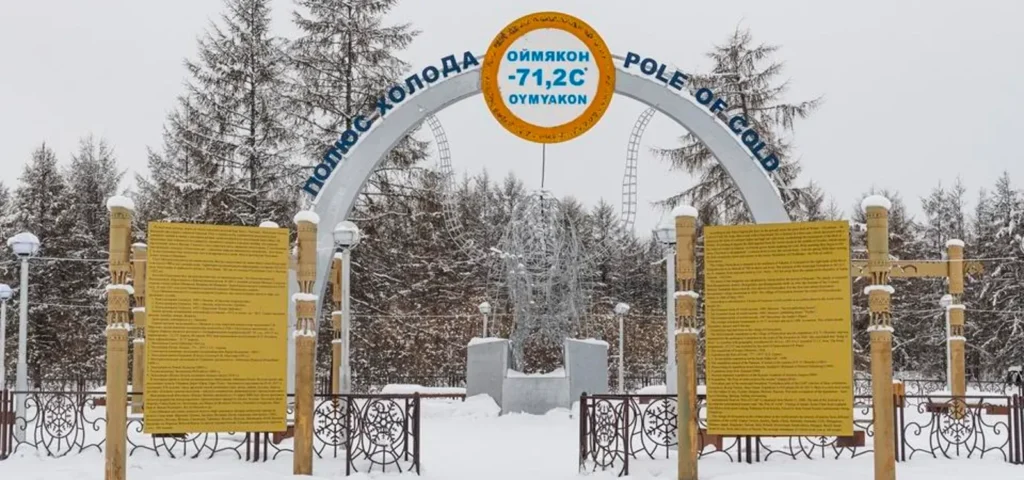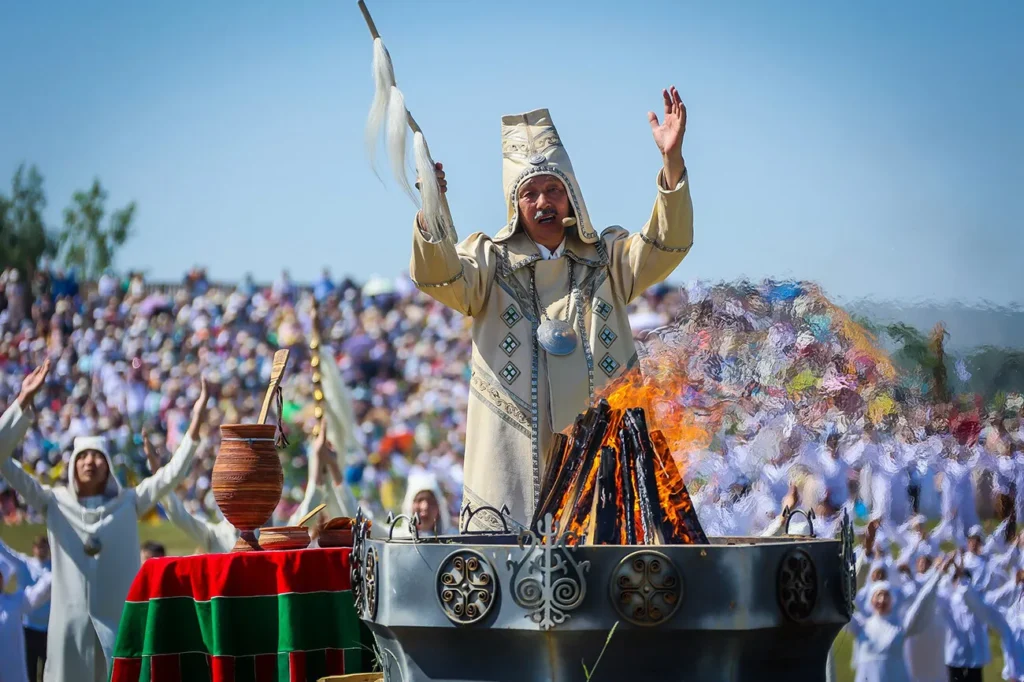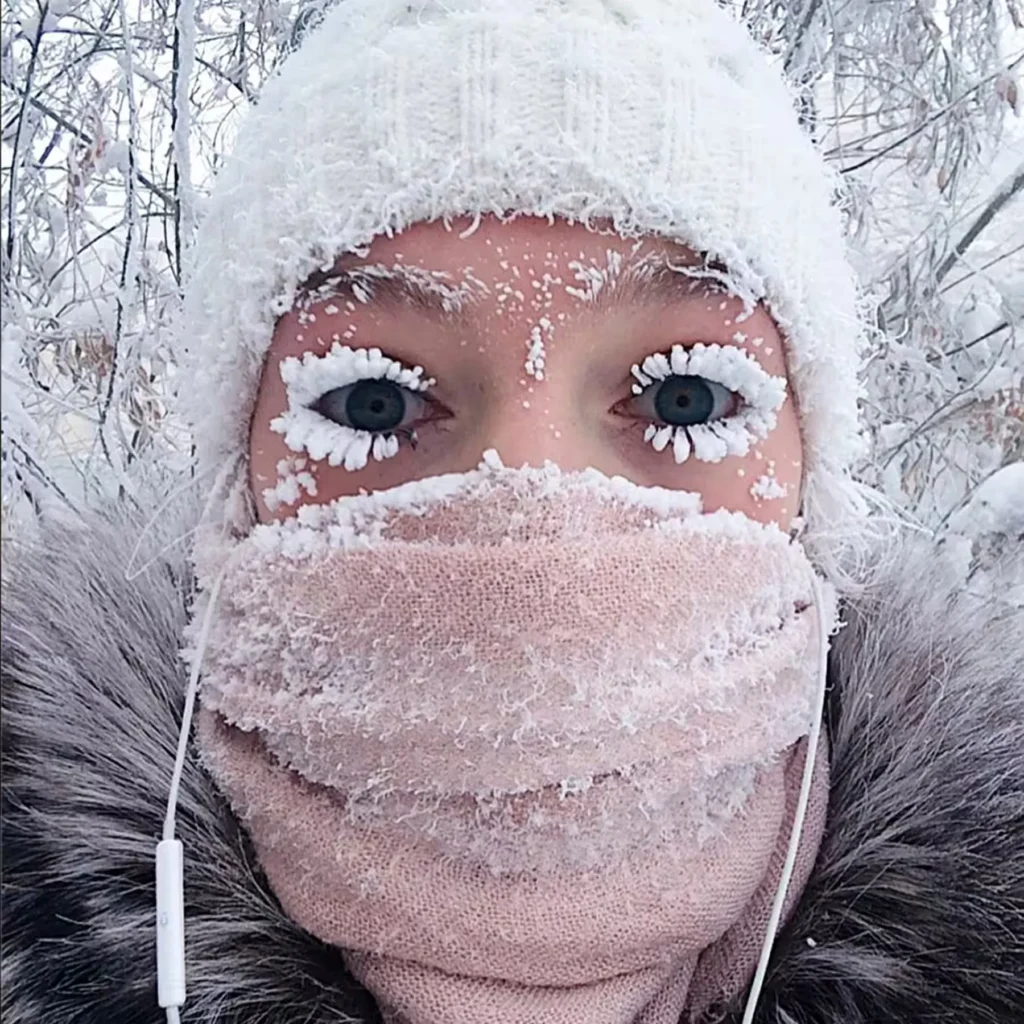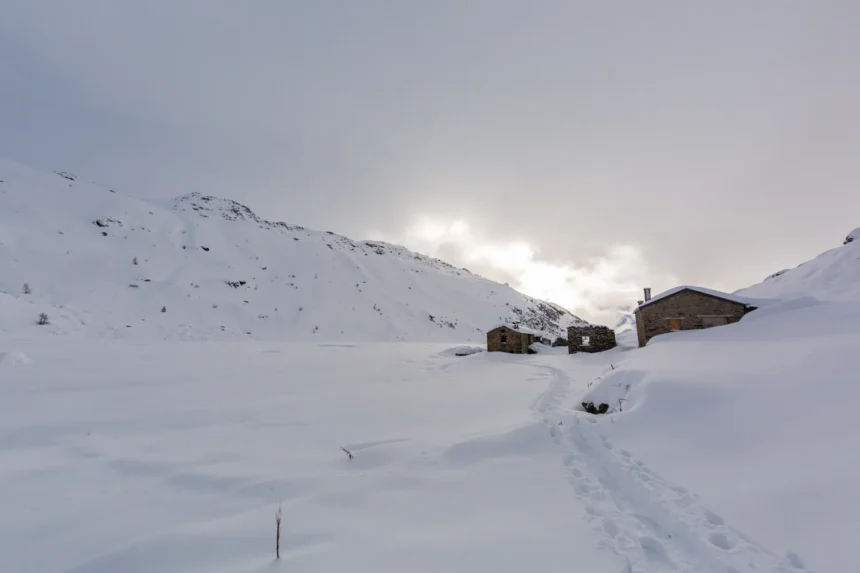Introduction
Deep in the heart of Siberia, surrounded by snow-covered mountains and permafrost, lies Oymyakon, the coldest permanently inhabited place on Earth. Situated in the Russian Far East, this remote village is not just a frozen landscape—it’s home to hundreds of people who carry on with daily life in temperatures that can drop below -60°C (-76°F). Most Americans may find it difficult to imagine surviving in such harsh conditions, but for the residents of Oymyakon, it’s simply part of life.
While climate extremes have fascinated scientists and adventure seekers for decades, Oymyakon has drawn increasing attention due to global curiosity around how human beings adapt to one of the most unforgiving climates on the planet. In this article, we’ll explore the brutal truths about life in Oymyakon, how people manage their routines, what they eat, how they stay warm, and whether you can actually visit this frozen village.
Read More: Antarctica from Space: A Visual Story of a Continent in Crisis
Where is Oymyakon?
Geographic Location and Accessibility
Oymyakon is located in the Sakha Republic (also known as Yakutia) in northeastern Siberia, approximately 750 kilometers (466 miles) from the regional capital, Yakutsk. The village lies within the Oymyakon Depression, a mountainous area that traps cold air, intensifying its frigid climate. At an elevation of around 740 meters (2,428 feet), the topography plays a significant role in its temperature extremes.
Despite being a part of Russia, getting to Oymyakon is far from straightforward. There are no direct flights; most travelers must first fly into Yakutsk and then take a multi-day journey via road. The famous “Road of Bones” or R504 Kolyma Highway, known for its icy conditions and haunting history, leads to the village. Accessibility remains limited during harsh winter months due to snow and ice, making travel a challenge.
Read More: 15 Incredible Places to See on Your California Road Trip for an Unbeatable Experience
Record-Breaking Temperatures
A Place Where Thermometers Break
Oymyakon holds the Guinness World Record for the lowest temperature ever recorded in a permanently inhabited location: -67.7°C (-89.9°F) in 1933. Only Antarctica has seen colder temperatures, but no one lives there year-round. The average winter temperature hovers around -50°C (-58°F), and even daytime highs rarely rise above -40°C.

According to the Russian Federal Service for Hydrometeorology and Environmental Monitoring, Oymyakon experiences around 21 hours of darkness in winter, adding to the bone-chilling ambiance. The cold is so severe that vehicles must run 24/7 to avoid frozen engines, and even ink in pens can freeze if exposed for too long.
Read More: 5 Most Extreme Climates on Earth That Make Survival Impossible
Life in Oymyakon: How People Survive
Daily Routines and Basic Infrastructure
Life in Oymyakon revolves around adapting to Siberian cold weather. With a population of about 500, residents live in wooden houses equipped with coal-burning stoves and thick insulation. Central heating and indoor plumbing are luxuries that most homes do not possess. Instead, water is drawn manually from ice-covered rivers or melted from snow.
Clothing includes layers of fur, wool, and down. Most locals wear garments made from reindeer hide and traditional Yakut designs that offer maximum thermal retention. In this climate, fashion is purely functional.
Read More: Disastrous Winter: 6 Cities of Canada Hit by Severe Snowfall in 2025
Education and Transportation
Children attend school until temperatures fall below -52°C (-61.6°F), at which point classes are canceled. Students are bundled in multiple layers, with only their eyes visible through frosted goggles. Cars and buses run on antifreeze and remain idling through the day.
Health and Nutrition
The diet is protein-heavy, consisting mainly of meat, fish, and dairy. Fruits and vegetables are rare, often imported from other regions. Dishes like “stroganina” (raw frozen fish) and “reindeer soup” are local staples. Vitamins and supplements are crucial to offset the lack of fresh produce.
Culture and Traditions of the Indigenous People
The Yakut Way of Life
Oymyakon is predominantly inhabited by the Yakut (Sakha) people, an indigenous ethnic group that has mastered survival in extreme cold. Their language, beliefs, and customs reflect deep respect for nature and community.
Spirituality and folklore play a role in daily life. Traditional festivals, such as the Yhyakh (summer solstice celebration), are still observed, even in freezing weather. Animal husbandry, ice fishing, and hunting are not just cultural practices but essential means of survival.

Read More: 7 Truths About Authentic North Americans You Need to Know
Homes and Community Support
Yakut homes are built with thick logs and triple-pane windows to minimize heat loss. Community ties are strong, with neighbors helping each other during fuel shortages or emergencies. Life here is about cooperation and resilience.
Read More: Unmask the 10 Most Dangerous Tribal Communities in the World
Oymyakon Tourism: Can You Visit It?
Extreme Travel for the Adventurous
Despite its severe weather, Oymyakon has become a bucket-list destination for extreme travelers. Winter tours operate from Yakutsk, offering visitors a chance to experience life in the coldest inhabited place on Earth. These trips include stays in local guesthouses, visits to the “Pole of Cold” monument, and demonstrations of local traditions.
What Tourists Need to Know
- Travel Season: November to March
- Tour Duration: 5 to 10 days
- Clothing: Extreme weather gear is essential
- Cost: $3,000-$5,000 per person, including travel, guide, and accommodations
Travelers should be in good health, mentally prepared, and accompanied by an experienced guide.
Read More: Top 10 Most Popular Cities In The World To Visit In 2025
Fun and Shocking Facts About Oymyakon
- Eyelashes freeze in seconds outdoors
- Smartphones and cameras shut down rapidly
- Ink pens, batteries, and plastic items become unusable
- Indoor plumbing doesn’t work due to frozen pipes
- People warm up their food using heated stones
Key Takeaway: Surviving in Oymyakon is less about enduring and more about adapting.

Read More: 24 Astonishing Fun Geography Facts That Will Amaze You!
Challenges and Climate Change Impact
A Changing Cold
While Oymyakon remains bitterly cold, climate change is impacting Siberia in unique ways. According to NASA’s Earth Observatory, Siberia is warming at nearly three times the global average.
Permafrost is beginning to thaw, affecting infrastructure and traditional ways of life. As temperatures rise, new diseases and methane emissions are also becoming a concern for environmentalists.
Read More: Door to Hell of Turkmenistan: The Eternal Flame That Defies Time
Oymyakon vs. Other Cold Places
How It Compares
| Place | Average Winter Temp | Permanent Residents? | Record Low Temp |
|---|---|---|---|
| Oymyakon, Russia | -50°C | Yes | -67.7°C |
| Verkhoyansk, Russia | -47°C | Yes | -67.6°C |
| Antarctica | -60°C | No | -89.2°C |
| Barrow, Alaska | -28°C | Yes | -49°C |
While Antarctica is colder, Oymyakon holds its title as the coldest inhabited place on Earth.
Final Thoughts
Oymyakon is more than just a spot on the map with frigid temperatures. It’s a living example of how humans can adapt, innovate, and build communities in places most of us would consider uninhabitable. While life in Oymyakon is certainly not easy, it offers a perspective on sustainability, endurance, and the deep-rooted connections between culture and environment.
As we continue to explore Earth’s most extreme climates, let’s not just marvel at the numbers but learn from the people who call these places home. Their stories reflect more than survival; they show us the profound relationship between humans and the environment.
FAQs
1. What is the coldest temperature ever recorded in Oymyakon?
-67.7°C (-89.9°F) in 1933.
2. How do people survive in Oymyakon?
They rely on thick insulation, fur clothing, and high-protein diets.
3. Can tourists visit Oymyakon?
Yes, guided winter tours are available from Yakutsk.
4. Are there schools in Oymyakon?
Yes, schools operate unless temperatures fall below -52°C.
5. What do people eat in Oymyakon?
Primarily meat, fish, and dairy due to limited access to produce.
6. Is climate change affecting Oymyakon?
Yes, permafrost thaw and temperature changes are increasingly noticeable.

